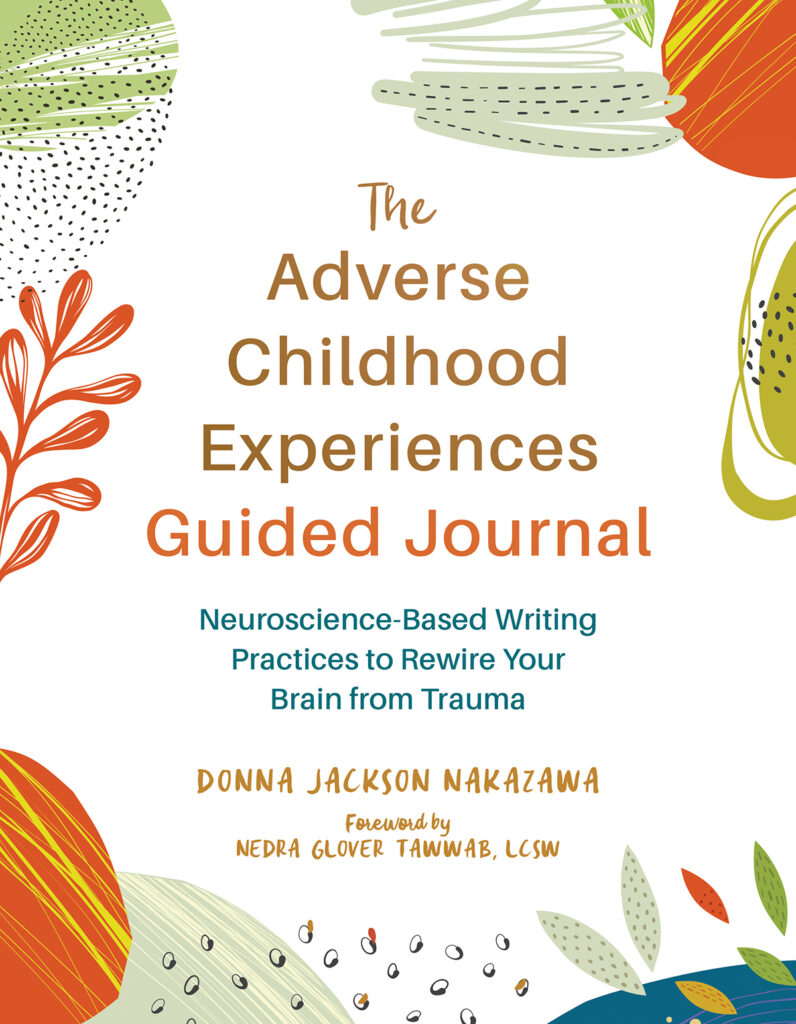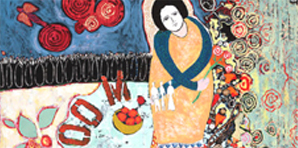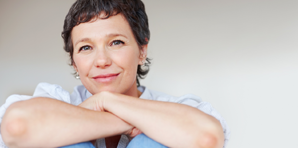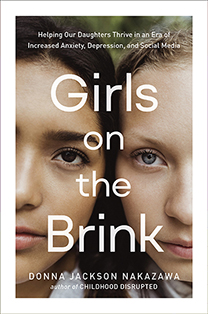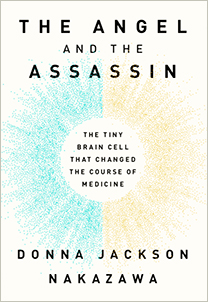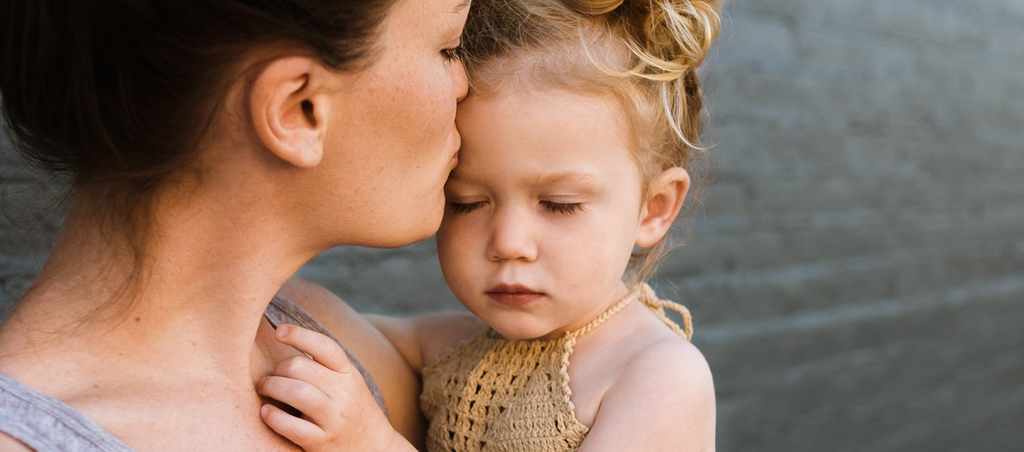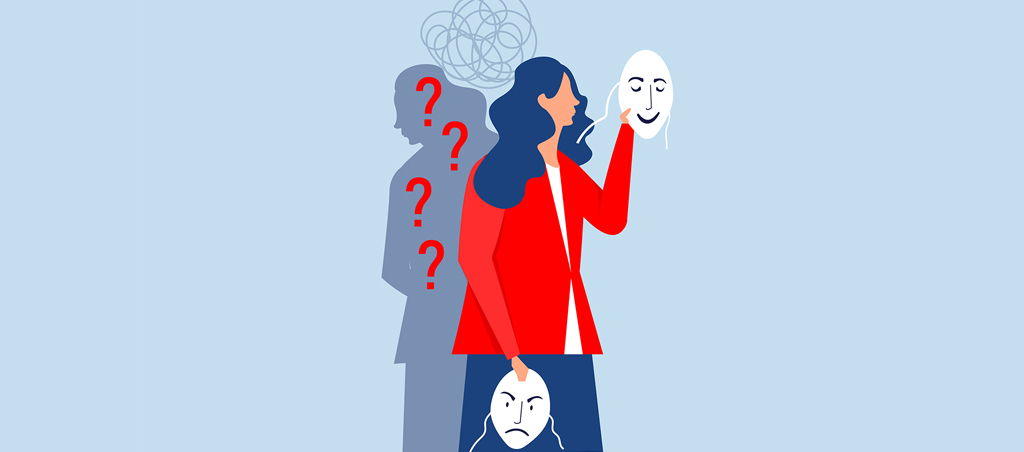It reminds me of that old saying that we wear 2 % of our wardrobe 90 % of the time. We button ourselves up in our misery cloak a lot.
I think of it this way. For most of us, two different sound tracks are playing simultaneously in our mind. I call them The Life Channel and The Pain Channel. It just depends which one we tune into — and turn up.
The Life Channel is the channel on which uplifting and joyful moments play. It’s the feeling I get when I am braiding my daughter’s hair. Watching my family doubled over laughing at a bad joke at the dinner table. Holding hands with my husband, or my daughter (if she lets me) as we cross a parking lot.

The feeling I get when I am staring at the snow covered trees as the sun transforms their icy branches into twinkling silver lights. Or when I am meditating, clearing the mind, focusing on nothing but my breath, and I manage (now and then) to reach that sweet spot of inner quiet, inner smiling. The aha of being half way through a yoga class, and realizing I’m in a peaceful place of well-being as I focus on every muscle and breath that goes into my downward facing dog. The joy of looking into one of my best friend’s eyes and feeling the inner love that’s exchanged in our haven’t-seen-you-in-far-too-long glance, in just an ordinary instant.
The Pain Channel is where we live, however, most of the time. It blares our anger, resentment, fear. Our ruminations over what happened, how it shouldn’t have, what should be happening instead. Our self-doubt. Our regret and recrimination. Our physical pain and fear over any health issues we’re facing.
Sometimes we have to be on The Pain Channel; it’s what wakes us up to deal with difficult situations, make change, take action.
But we don’t need to be listening to The Pain Channel 90% of the time. We just don’t.
We know The Pain Channel doesn’t feel good. We just don’t know how to shut it off. It’s powerful and seductive to get wrapped up in what’s playing on The Pain Channel, especially when we are feeling at our most vulnerable.
We have to have the tools to reach out and turn The Pain Channel off — and turn The Life Channel on.
THE LAST BEST CURE is about having a high-speed connection to dial up to The Life Channel, especially in those moments when we need it most. So we have a real chance at living life on the right track.
[i] it’s what we ruminate over as we shower, drive, and fall asleep: Rick Hanson, Ph.D., and Richard Mendius, MD. Buddha’s Brain: the Practical Neuroscience of Happiness, Love and Wisdom. New Harbinger Publications, Oakland, CA, 2009. To see a fascinating talk given by Hanson at Google in June 2010 see http://www.youtube.com/watch?v=0EM45CpeQb4.
